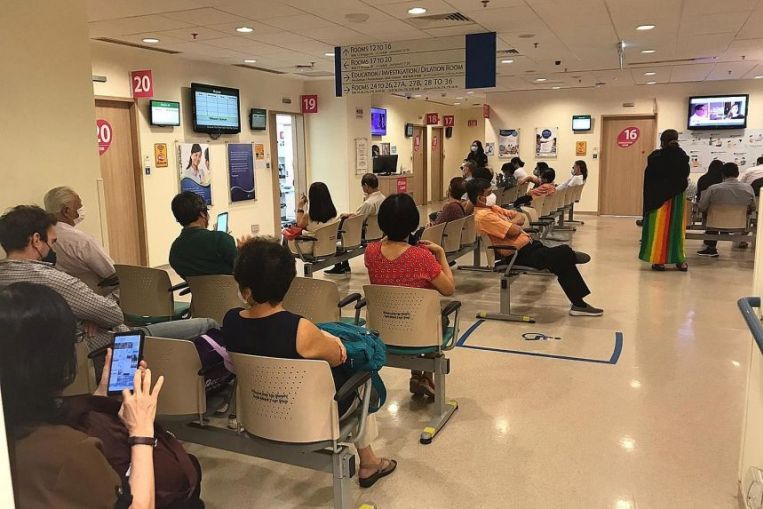SINGAPORE- The Singapore National Eye Centre (SNEC) is looking at using technology to reduce waiting times for its patients by up to half.
The SNEC, which is under Singapore’s largest public healthcare group SingHealth, will roll out a machine-learning solution called the Appointment Scheduling Optimiser (ASO) in the fourth quarter of this year.
Developed by Singapore-based information, communications and technology company NCS, the ASO will eventually be deployed across all SingHealth institutions, which include polyclinics, hospitals, and specialty centres.
SingHealth’s deputy group chief operating officer of shared services Charity Wai said waiting times at SNEC can stretch to 45 minutes on busy days.
“We need to make the appointments in our clinics more streamlined,” she said. “The objective is to be a smart eye hospital, and one of the areas identified was making the clinic processes more streamlined.”
At SNEC, patients typically have to take a number of tests before seeing the doctor. But now, appointments are given on a first-come, first-served basis and do not take into account the preceding tests.
For example, this means that a patient who needs only one test may be scheduled behind a patient who needs multiple tests, causing a bottleneck and increasing waiting times for the other patients.
The ASO will take into account the resources available, as well as all the various tests that patients will have to take, and churn out the best possible schedule with minimal waiting times.
While simulations of the ASO have shown that waiting times can be cut down to about 20 minutes, the presence of complex cases – which make up about 15 to 20 per cent of all patients – may cause this to vary as these patients often need more time.
The SNEC had tried to increase its manpower, but the long waiting times persisted.
Mr Howie Sim, vice-president of healthcare and the transport client service unit at NCS, said it would not be possible for an employee to attempt what the ASO can do as there were too many variables, such as the sequence of the tests, for the employee to be able to find an optimal solution.
Over time, the ASO can pick up patterns from the data such as the need to allocate a longer time for a particular profile of patients, such as the elderly.
Mr Sim said: “This artificial intelligence technology has been around for decades, but traditionally it has been applied more to sectors such as manufacturing that require clockwork-like precision.”
He added: “The adoption (of such technology) to drive innovation in healthcare has made headway in recent years.”
Ms Wai hopes that with an optimised schedule, manpower needs will be better allocated in SNEC. For example, staff can be deployed based on the ASO’s overview of when crowds will peak at the SNEC.
She said: “We will have a better idea of demand and supply that allows us to plan for the manpower much better because we will be able to anticipate the workload and distribute them evenly.”
Join ST’s Telegram channel here and get the latest breaking news delivered to you.
Source: Read Full Article
